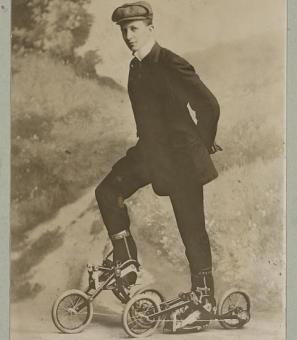Oscar Winning Films of Washington, D.C.: Mr. Smith Goes to Washington
When people think of movies and Washington, D.C., the first film that often comes to mind is “Mr. Smith Goes to Washington.” The 1939 drama starring Jimmy Stewart as a country boy who gets a quick lesson in dirty D.C. politics is now considered an American classic. At the time of its release, however, “Mr. Smith” didn’t have many fans in the nation’s capital.
Producer and Director Frank Capra[1] had a number of hits to his credit when he came on board to direct the film version of an published story by prolific screenwriter Lewis R. Foster. The plot involves a naïve young man from the Midwest who is appointed to fill a vacancy in the Senate. The man, played to the homespun hilt by Jimmy Stewart, hopes to do some good for his state, but he is unwittingly the pawn of a corrupt political machine that is using his plans to create a national boys retreat as a scheme to bilk the taxpayers and line their own pockets.
The film went into production on April 3, 1939 and shooting was completed just over 3 months later. The budget was just under $2 million, a typical sum for movies of the time. As with most films produced in the 1930s, most of the scenes were shot on sound stages. Even shots that were supposed to be outdoors were either constructed meticulously on a stage or done with the use of projected backdrops.
This latter method was used heavily with “Mr. Smith Goes to Washington.” We do get to see the real Union Station in the film when Stewart’s character first arrives in D.C. But his subsequent bus tour of the nation’s capital is merely viewed as a travelogue.
We are treated to a number of shots of the Washington Monument, the Lincoln Memorial, the Supreme Court building, Arlington National Cemetery, the White House, and more. Whenever Stewart is on camera you can easily tell that he is merely standing on a stage with a rear-projected image of the historical site behind him.
The Senate chamber, the Press Club of Washington, and other well-known interiors of the film were recreated on soundstages in Hollywood. Capra hired James Preston as an advisor to help ensure authenticity in the sets. Preston had served as superintendent of the Senate press gallery for 40 years and knew the Capitol intimately.
No detail was too small for Capra’s film. “I want you to arrange for our crew to come in here and photograph all the details,” Capra told Preston. “Inkwells, pencils, stationery, everything down to the hole the Union soldier kicked in Jeff Davis' desk the day Jeff walked out to join the Confederacy.”[2]
The finished product premiered at a special screening at Constitution Hall on October 17, 1939. The screening, arranged by the National Press Club, included the cast, the producers, 45 U.S. Senators, and 200 members of the House of Representatives. All went well until about halfway through the screening when it became apparent that the movie was not portraying political Washington in the best light.
Many elected officials walked out. Senate Majority Leader Alben Barkley said the movie was “silly and stupid. It makes the Senate look like a bunch of crooks.”[3]
The Washington press corps, which was more sympathetic to the views of Washington than those of Hollywood, took up the charge and denounced the film. Ambassador to Great Britain Joseph P. Kennedy reached out to Capra, suggesting that the film would harm relations with America’s European allies and should be withdrawn from European distribution.
Capra persevered and stood behind the film, and outside of Washington it received accolades in the press and a respectable box office. It was nominated for 11 Academy Awards, but it had the misfortune of competing directly against “Gone with the Wind,” which swept the Oscars that year and went on to become one of the biggest box office success stories of all time. “Mr. Smith” still managed to receive an Oscar for Best Writing, Original Story which went to Lewis Foster.
“Mr. Smith Goes to Washington” has been named to the American Film Institute’s prestigious 100 Years, 100 Movies list as one of the 100 greatest American films of all time; it ranks #29. It is also part of the Library of Congress’s National Film Registry. And, of course, it remains in the hearts of many as a movie about a good man who refuses to be beaten down by the evil forces arrayed against him.
Footnotes
- ^ Frank Capra’s full biography and filmography can be found at IMDb.com: http://www.imdb.com/name/nm0001008/
- ^ Quoted in John Miller, “The Big Idea: Mr. Smith Goes to Washington,” TCM.com, http://www.tcm.com/tcmdb/title/3771/Mr-Smith-Goes-to-Washington/article…
- ^ Quoted in American Film Institute’s Catalog of Feature Films: “Mr. Smith Goes to Washington,” http://www.afi.com/members/catalog/DetailView.aspx?s=&Movie=6445



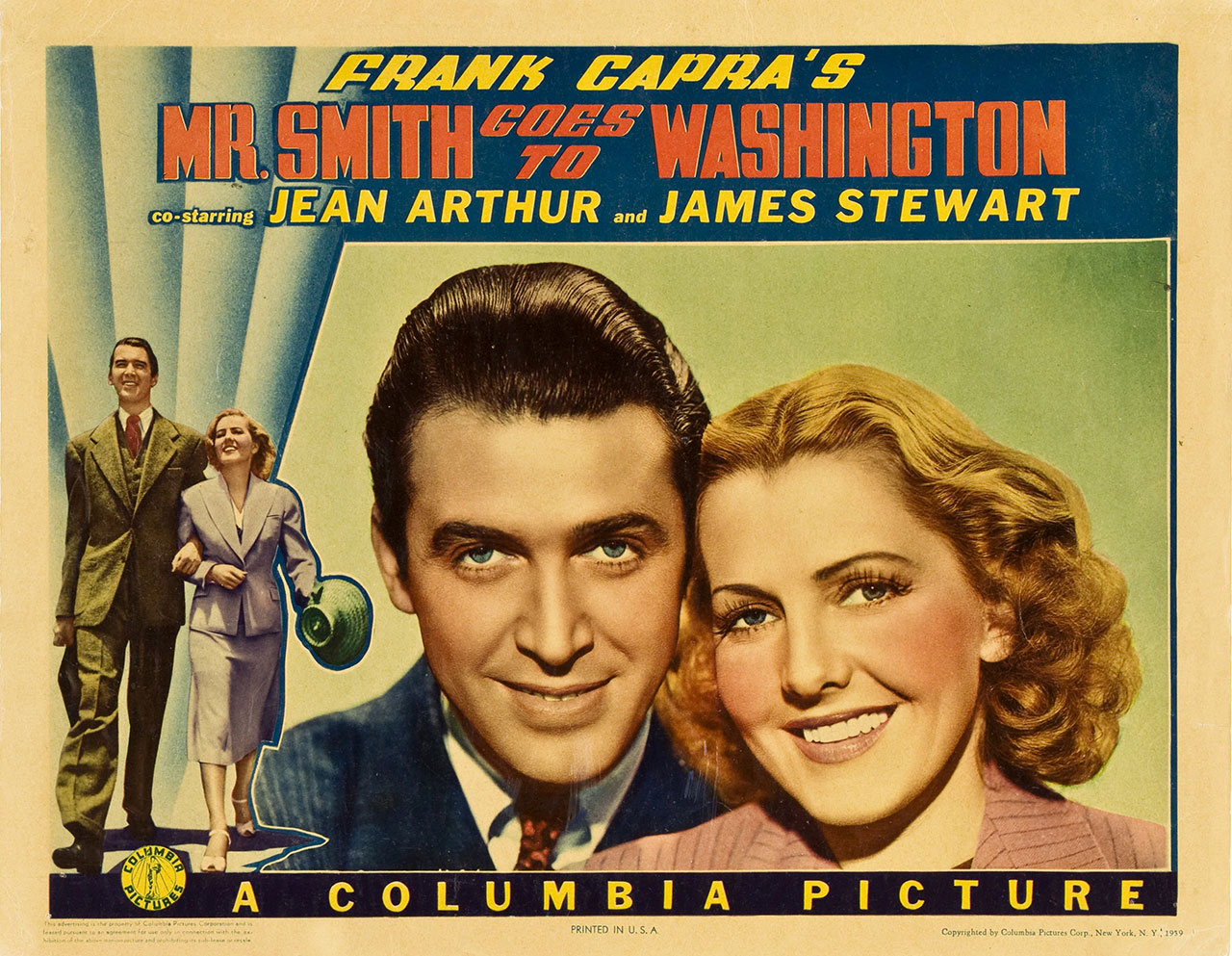
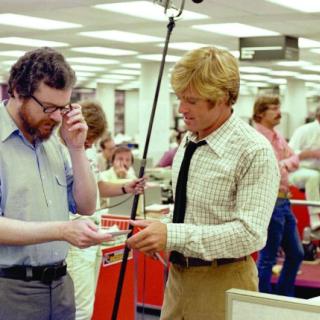
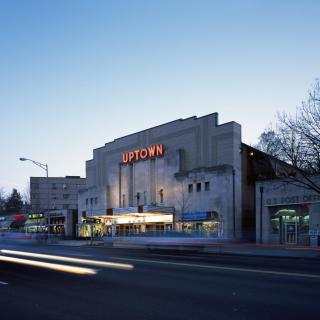
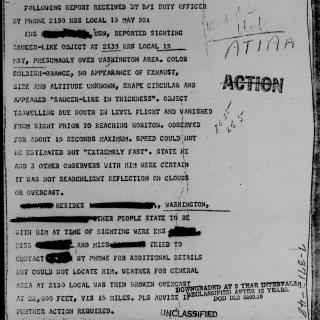
![Sketch of the mythical fuan by Pearson Scott Foresman. [Source: Wikipedia]](/sites/default/files/styles/crop_320x320/public/2023-10/Goatman_Wikipedia_Faun_2_%28PSF%29.png?h=64a074ff&itok=C9Qh-PE1)











